Abstracts
Luca Capogna (Smith College, USA)
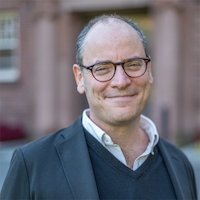
Curve Shortening flow in Carnot groups
This is a preliminary report on a joint project with Enrico Le Donne (University of Fribourg, Switzerland). Motivated by the study of geodesics in sub-Riemannian geometry, we use techniques from Lie group geometry and Calculus of Variations to derive a system of PDE that describes the gradient flow of the length functional for horizontal (i.e. tangent to the first layer of the Lie algebra stratification) curves in a rank-two Carnot group of arbitrary step. Similarly to the Euclidean area-preserving curve shrinking flow, our PDE has a nonlocal term, which arises in view of the non-holonomic constraint, i.e. for each time the curve must be horizontal. We prove short time existence for the flow, if the initial data is a non-abnormal horizontal curve, and provide some indications of what happens in the abnormal case.
Daniel Ketover (Rutgers University, USA)
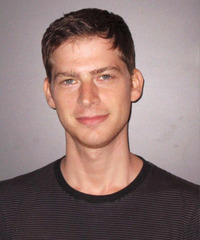
Flipping Heegaard splittings and minimal surfaces
In the 1930s, Reidemeister and Singer showed that any two Heegaard surfaces in a three-manifold are stably equivalent. This result gives rise to natural two-parameter sweepouts that can be used to produce some new minimal surfaces of Morse index 2 in many ambient geometries. In particular, I will show using such methods that the number of genus \(g\) minimal surfaces in the round sphere tends to infinity as \(g\) does.
Chao Li (Courant Institute, NYU, USA)
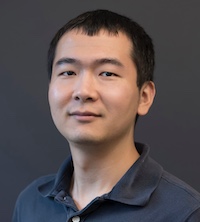
The Bernstein theorem for stable anisotropic minimal hypersurfaces in \(\mathbb R^4\)
Given a parametric elliptic functional, its stationary points are called anisotropic minimal surfaces. In this talk, we will show that a stable anisotropic minimal hypersurface in \(\mathbb R^4\) has intrinsic cubic volume growth, provided that the functional is suitably \(C^2\)-close to the volume functional. As a consequence, we deduce the stable Bernstein theorem for anisotropic minimal hypersurfaces. This is based on joint work with Otis Chodosh.
Yueh-Ju Lin (Wichita State University, USA)
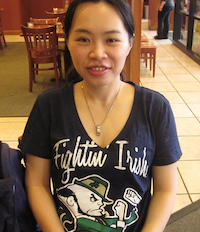
Conformally Variational Riemannian Invariants and Associated Multilinear Operators
Conformally variational Riemannian invariants (CVIs) such as scalar curvature and Q-curvature are homogeneous scalar invariants which appear as the conformal gradient of a Riemannian functional. In this talk, I will talk about constructing a formally self-adjoint conformally covariant multilinear operator associated with a given CVI. This construction recovers the relationship between GJMS operator and higher order Q-curvature \(Q_{2k}\). I will also discuss a complete classification of tangential bidifferential operators in terms of ambient Laplacian. This result is a curved analogue of such operators on spheres classified by Ovsienko-Redou and Clerc. In addition, when choosing suitable weights, these operators are formally self-adjoint on conformal manifolds. At the end of the talk, I will present a family of sharp, fully nonlinear Sobolev inequalities involving the Paneitz operator and Ovsienko-Redou operator. This talk is based on joint works with Jeffrey Case and Wei Yuan.
Francesca Da Lio (ETH Zürich, Switzerland)
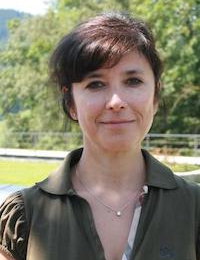
Morse Index Stability for Critical Points to Conformally invariant Lagrangians
In this talk we will present a result concerning the upper-semi-continuity of the Morse index plus the nullity of critical points to general conformally invariant Lagrangians in dimension 2 under weak convergence. Precisely we establish that the sum of the Morse indices and the nullity of an arbitrary sequence of weakly converging critical points to a general conformally invariant Lagrangians of maps from an arbitrary closed surface into an arbitrary closed smooth manifold passes to the limit in the following sense: it is asymptotically bounded from above by the sum of the Morse Indices plus the nullity of the weak limit and the bubbles while it was well known that the sum of the Morse index of the weak limit with the Morse indices of the bubbles is asymptotically bounded from above by the Morse indices of the weakly converging sequence. This is a joint work with Matilde Gianocca and Tristan Rivière.
Pieralberto Sicbaldi (University of Granada)
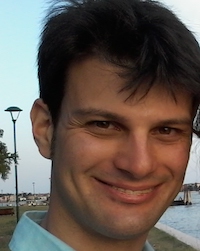
Overdetermined elliptic problems in the sphere
Consider the general Serrin’s overdetermined problem in a simply connected subdomain of the sphere. By a very well-known result by Kumaresan and Prajapat (1998), if the subdomain is contained in a hemi-sphere then it must be a geodesic ball. The proof of such result generalizes the classical moving plane technique to the sphere. The question that was then open is the following: what happens if the subdomain is not contained in any hemi-sphere? We will show here that there exist nontrivial simply connected domains in the sphere admitting solutions to a Serrin type overdetermined problem. This is an important difference with respect to the other two space manifolds, i.e. the Euclidean and the Hyperbolic spaces. This is joint work with David Ruiz and Jing Wu (University of Granada, Spain)
Gabriella Tarantello (Rome Tor Vergata, Italy)
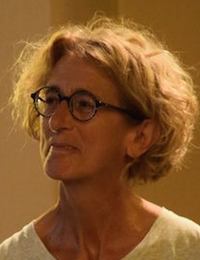
TBA
TBA
